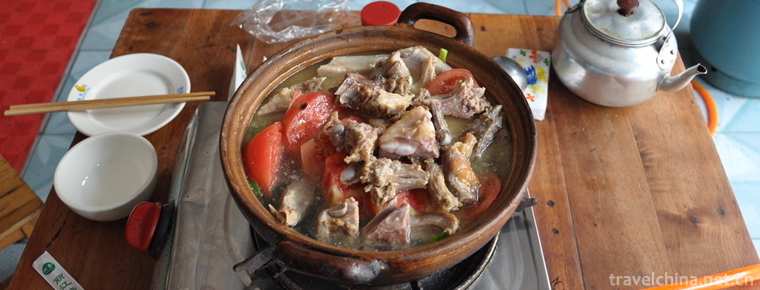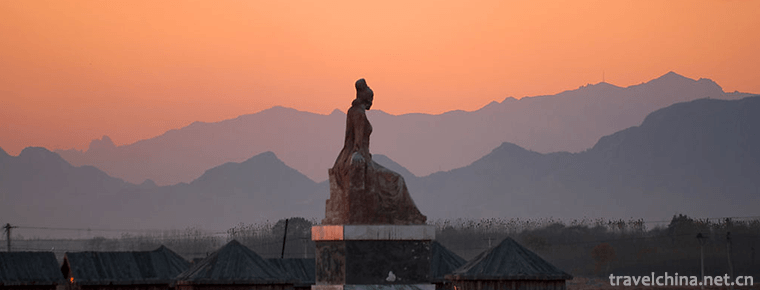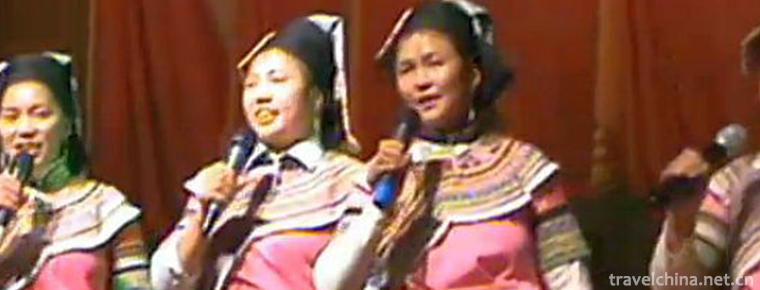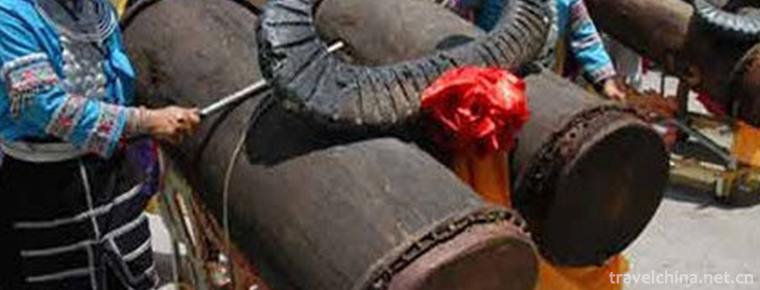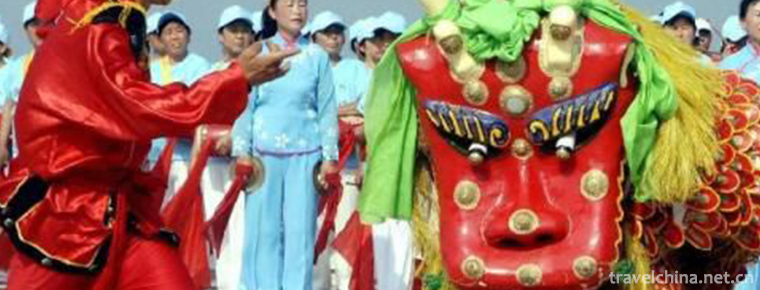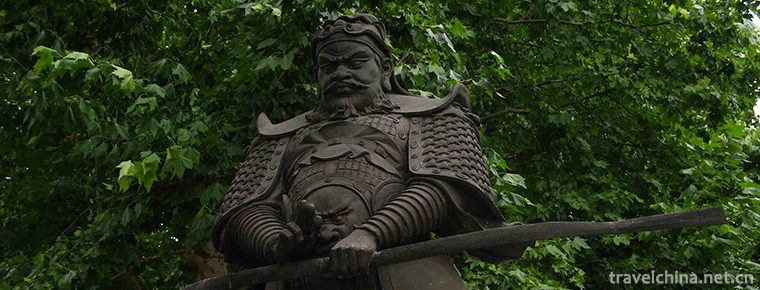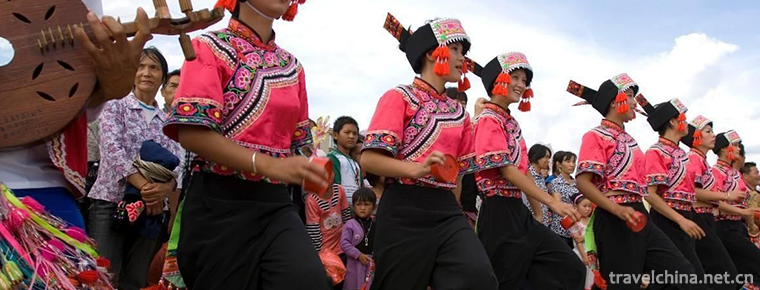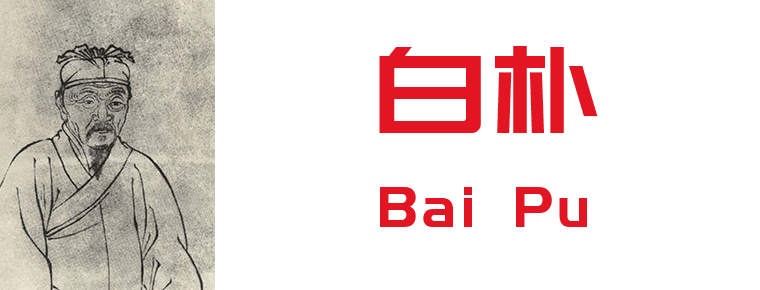Multi voice Folk Songs of Hani Nationality
Multi voice Folk Songs of Hani Nationality
Hani multi-voice folk songs are popular in several Hani villages in the eastern part of Azahe Township, Honghe County, with Puchun Village as the center. Their natural environment is closed and traffic is inconvenient. Historically, they have been the jurisdiction of the chief slag officer. The single ethnic distribution pattern and the political and historical background of the Tusi regime's long-term rule have prevented the foreign heterogeneous cultures from penetrating into the Puchun area, so that the original ecological traditional cultures such as Hani multi-voice music can be systematically preserved. This folk song is generally divided into two types: instrumental accompaniment and non-instrumental accompaniment. The singing content is based on the original "Yangyang Mountain Song", while the other "Orchid Tower" and "Love Song" are attached. Compared with other Hani folk songs, the multi-voice folk songs have both generality and individuality.
On May 20, 2006, Hani multi-voice folk songs were listed in the first batch of national intangible cultural heritage list with the approval of the State Council.
historical origin
Hani multi-voice folk songs are popular in several Hani villages in the eastern part of Azahe Township, Honghe County, with Puchun Village as the center. Their natural environment is closed and traffic is inconvenient. Historically, they have been the jurisdiction of the chief slag officer.
artistic characteristics
The multi-voice folk songs of the Hani nationality include the praise of labor, love and the beautiful scenery of the countryside. The way of singing can be divided into two types: instrumental accompaniment and vocal assistant tune without instrumental accompaniment. Hani multi-voice folk song singing occasions are diverse, terraces, mountains and villages can be its performance space. The accompaniment instruments are all made by folk singers themselves, and the three strings and the small erhu are only used in Puchun Village. The Lyric structure of multi-voice folk songs of Hani nationality consists of three parts: opening words, theme words and helping words. Its musical form shows distinct national and regional characteristics in terms of syllable structure, mode sequence, mode color, mode combination and multi-voice part composition.
Representative works
There are "My Place Az" (planting Yangshan Song) and "Love Song" and so on.
Inheritance value
The multi-voice folk songs of the Hani nationality embody the musical wisdom and talent of the Hani nationality, and show the unique singing talent of the Hani nationality. During the field investigation, experts have collected eight original forms of Hani multi-voice folk songs, which are extremely rare and of high historical, scientific and artistic value. Hani multi-voice folk song is the treasure of Chinese national music, which has attracted wide attention from the music circles at home and abroad. Hani multi-voice folk songs and social production, especially accompanied by terraced rice farming, are important materials for the study of Hani culture and its national character and aesthetic concept.
The multi-voice folk songs of Hani nationality are deeply hidden in the hinterland of Ailaoshan Mountains. Their inheritance is totally dependent on folk singers. Although it has attracted wide attention from experts in music and anthropology, they have not been protected systematically and systematically for a long time. The number of inheritors with comprehensive quality of multi-voice music is decreasing day by day. This valuable folk music form is on the verge of losing its inheritance.
The state attaches great importance to the protection of intangible cultural heritage. On May 20, 2006, Hani multi-voice folk songs were approved by the State Council and listed in the first batch of national intangible cultural heritage list.
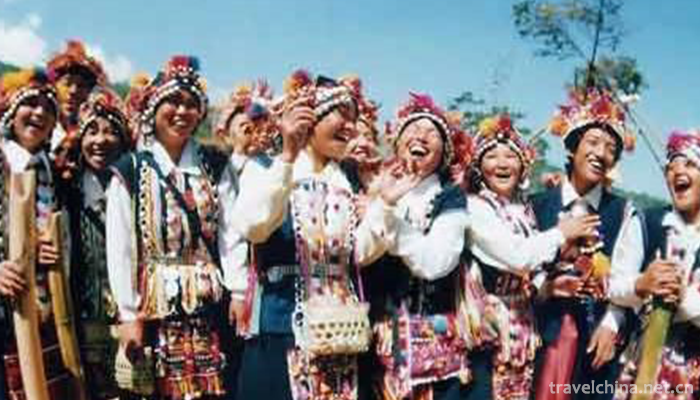
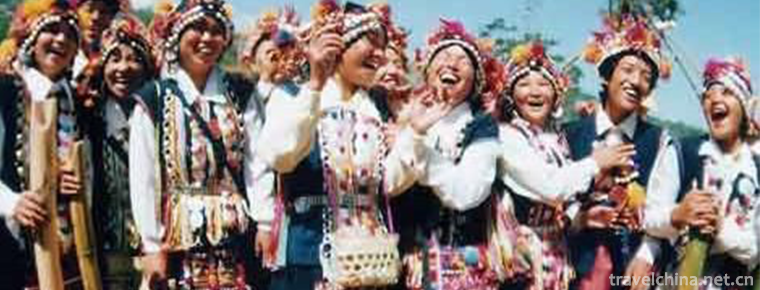
Multi voice Folk Songs of Hani Nationality
-
Lijiang bacon pork
Views: 370 Time 2018-10-17 -
Karajun Scenic Area
Karajun is Kazakh, meaning "the wilderness on the ridge". Karajun Mountain is a stretch of mountains from east to west. On both sides of it are hills with ravines and combs
Views: 204 Time 2018-12-12 -
Legend of Meng Jiangnu
Meng Jiangnu's story, as one of the four love legends in ancient China (the other three are Niulang and Zhinu, Liang Shanbo and Zhu Yingtai, and The Legend of White Snake), has been widely circulated
Views: 287 Time 2018-12-23 -
Dai Elephant Foot Inspiration
There is also a legendary story about the origin of the Dai elephant drum. Legend has it that Mengzhai area in ancient times was a beautiful lake rippling with blue waves. But there are pythons and to
Views: 188 Time 2019-04-24 -
Ha Ni Ha Ba
Ha Ni Ha Ba, an important part of Chinese Hani folk literature. Hani Haba, which means Hani ancient songs, is a popular and far-reaching folk song in Hani social life.
Views: 357 Time 2019-05-02 -
Wooden drum dance
Wood drum dance is a kind of folk dance that is spread among the Miao, Yi and Wa people in southwest China to dance and sacrifice by beating wood drum. Its drum shape is mostly to intercept the trunk
Views: 207 Time 2019-06-06 -
kylin dance
Kirin dance, also known as "Wu" Kirin, is a court dance performance of the Ming Dynasty in China. It was spread among the people when the Nanming Dynasty perished. When dancing,
Views: 111 Time 2019-06-10 -
Legend of King Qian
The legend of King Qian is a local folklore derived from the life stories of King Qian Si of Wuyue. Linan is the hometown of King Qian. After his death, his legends have been widely circulated in Lina
Views: 149 Time 2019-06-10 -
conjuring tricks
Conjuring tricks is one of the traditional Chinese acrobatics. Performers use agile methods to create audiovisual illusions, performing various objects, animals or water and fire and other rapid incre
Views: 104 Time 2019-07-01 -
Yi Peoples Cigarette Box Dance
Yi cigarette box dance, the traditional dance of Hani Yi Autonomous Prefecture in Honghe, Yunnan Province, is one of the national intangible cultural heritage.
Views: 182 Time 2019-07-12 -
Bai Pu
Bai Po (1226 - about 1306), formerly known as "Heng", Ren Fu, later renamed Pu, the word is too plain, Lanlan Valley, Han nationality, ancestral home state (now Shanxi) Hequ ) Nanjing's Kaif
Views: 200 Time 2019-09-11 -
Guangyuan history and culture
"Guangyuan daughter's day, women swim in the river bay", this is a kind of folk cultural activities, this is the chapter described by Guangyuan daughter's day. On the first daughter's day in 1988, the water area of Jialing River in front of huangze temple was
Views: 150 Time 2020-12-15
